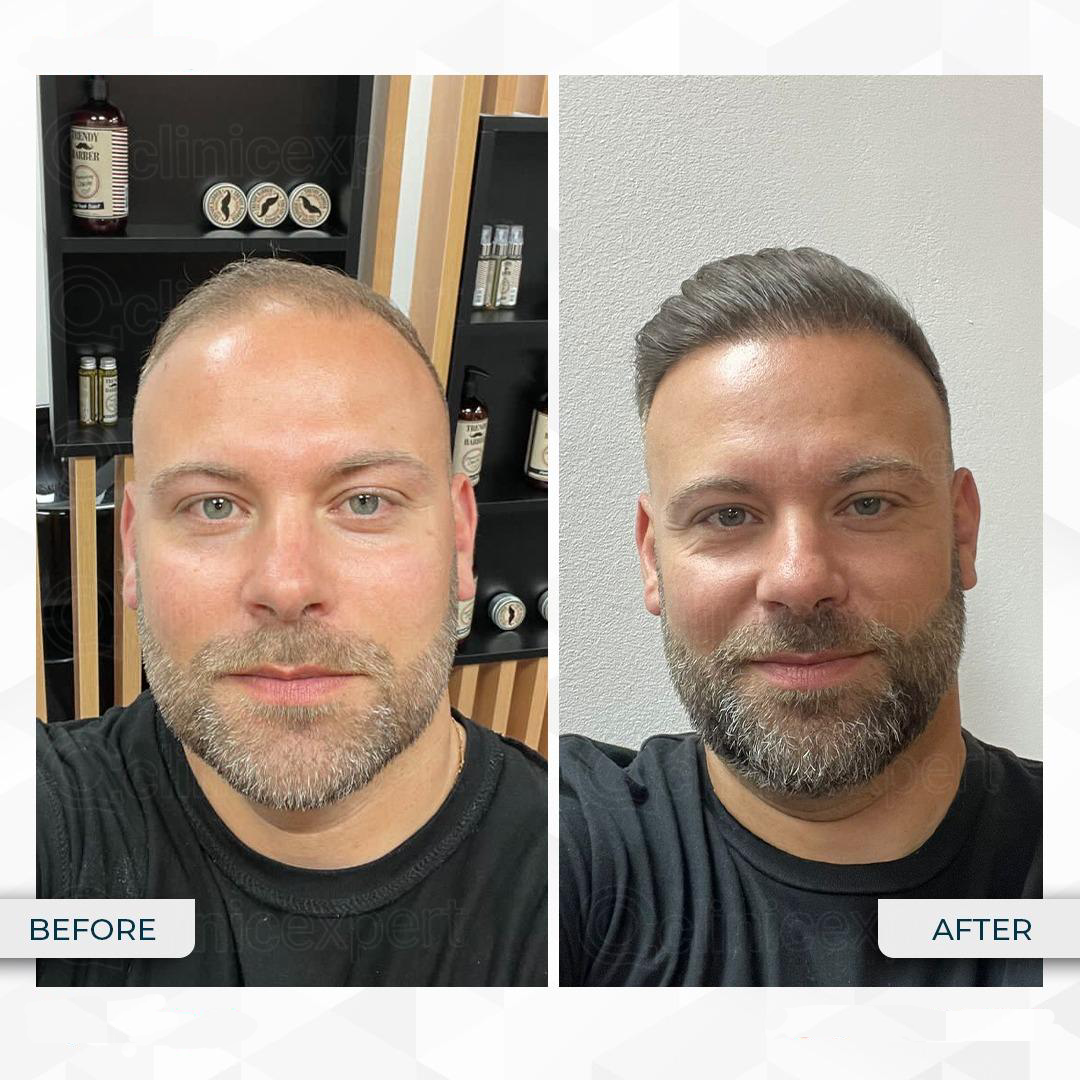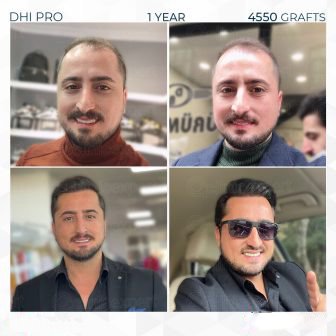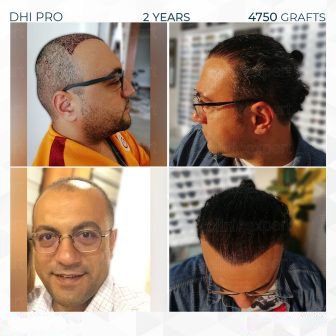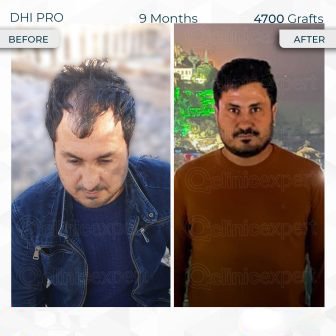

Fue Hair Transplant
Fue Hair Transplant, Follicular unit extraction (FUE) is the most advanced hair transplantation method alongside Direct Hair Implantation (DHI). After the technique first surfaced around the year 1988, it slowly took the place of its predecessor, FUT. The main advantage of FUE over FUT was the lack of scarring post-operation, and thus, it quickly rose in popularity. In this article, we will inform you about the procedure and compare the operations.
What Happened Before FUE?
Before FUE, the main method of follicle extraction was follicular unit transplantation (FUT or FUSS). In FUT method, surgeons have to make an incision around the head. The incision ranges from behind one ear to another around the occipital part of the scalp. After taking the strip of skin, the surgeon sutures the ends of skin together. This method of hair transplantation is quite outdated now, and most surgeons abandoned this procedure.
FUE Transplant Workflow
During FUE hair transplant, multiple personnel work at the same time throughout the operation. They share the work to speed up the process.
- After the selected follicles are grafted with the micromotor operators, start extracting follicles with a tweezer. Meanwhile, another operator cleans and sorts the grafts in the background.
- To clean the grafts, another operator first takes the collected follicle and lines them up on a strip of surgical gauze.
- Then the operator takes a bottle of spray and squirts it on the grafts.
Hair follicles do not survive for long outside our body. That’s why, after the grafts are clean; the nurses put them into a serum solution.
- Serum maintains follicle protection from environmental effects, especially dehydration.
- Follicles can stay viable in this serum solution for about 8-10 hours outside the body.
- All the while, hair transplant operations usually take less than 8 hours in total.
What About The Anaesthesia?
Throughout the operation, operators will anaesthetise you at least two times. You will get your first administration of anaesthesia right before the extraction process.
- The doctor draws a line around the occipital area.
- The line will begin from your nape and extend around behind the ears.
- The line ends at your crown area, and this area has the most sturdy follicles.
The anaesthesia may hurt a bit at the moment of administration. When the anaesthesia of the donor area is complete, patients often stop having sensation around areas that got anaesthetised first. Therefore, you will not feel anything during the operation.
Local anaesthetics often have an effect lasting around 3-6 hours.
After the extraction and right before opening the canals, you will get your second anaesthesia. This time your recipient area gets anaesthetised. Again, the physician will draw a line. For this time, it will be around the area that is going to get implantations.
Some patients also opt for hair grafting from under the beard and chest too. In this case, the same procedure applies to these parts as well.
How to Determine Where the Grafts Go?
When the dissection and clean up are complete, the physician prepares to open canals.
- Canals are tiny holes physicians punch with microblades.
- The physician assesses the hair’s natural growth patterns and draws a pathway accordingly.
- Our hair tends to grow inclined to a certain angle. That’s why they don’t just stick out with a 90-degree angle.
- So the operator looks at the natural angles and makes incisions to resemble these angles.
- The operator who lines up the grafts also counts how many grafts are harvested from the patient.
- Physician plans the number of canals according to the existing number of grafts.
- So the physician determines where to put more canals and how much coverage which part gets.
- The physician opens canals to match the number of grafts.
But moving for a long time can become uncomfortable. That’s why teams take a small break to give the patient some time off after opening the canals.
Sapphire FUE Hair Transplant
Thanks to advancing technology, the experts can now make blades off the sapphire mineral.
Sapphire is a precious gem. What makes sapphire FUE hair transplant special is the hardness of the material. Metal tools start going blunt after a certain amount of punctures and lose their sharpness. This is because metals can bend. Minerals such as sapphire, on the other hand, do not bend or lose sharpness. With sapphire hair transplants, doctors can open canals with higher precision.
The Implantation Process
Now that both the grafts and the canals are ready, the implantation process can begin. After the break, the operators each take a collection of grafts and start the implantation process. The grafts judged to be more healthy, often go into the front line of the canals.
Operators take each graft with a very small tool resembling a tweezer. Usually, two or more operators implant hair follicles simultaneously to gain time. Frequently, this phase takes up most of the time during the operation since each graft is delicate, and they need attention when planting.
Sometimes during this phase, anaesthetics may wear off. You should inform the team if you start to feel something. If you did not take too many anaesthetics during the operation, they would give you more anaesthesia.
What About FUT Method?
FUT method came a decade before FUE and thus, the FUE and DHI methods have some things they do better than FUT. Years of development in the field of medicine and medicinal equipment allowed a different approach to hair transplantation.
FUE and FUT methods have a reasonably similar implantation phase (DHI is a bit different though). Towards the end, the physician comes and opens canals for implantation. Then the rest of the team starts implantation with the same tool resembling a tweezer.
The Extraction Process in FUE Hair Transplant
After the operator using the micromotor covers a certain area, another operator steps in and begins the harvest. The micromotor punches very small holes, but that is about all it does. The follicles need to be extracted individually. The operator in charge of the harvest uses the same tweezer-like tool to take out grafts. This time, there is a single follicle grafts right off the bat. Again, another operator takes these grafts and cleans them with the help of a spray bottle. After follicles are clean, the operator sorts and counts them just like in FUT.
In FUT procedure, patients get a big permanent scar at the back of their head. Often, this scar is not visible unless the patients have their hair short. However, due to these reasons, we recommend FUE and DHI methods rather than the FUT method.
In FUE procedure, however, there is no need for any incisions. Micromotor handles the extraction with minimal damage to the scalp skin. Thanks to this minimally invasive tool, patients do not get permanent scars. After all, tiny holes heal pretty well compared to surgical incisions. Micromotor extraction scars are almost invisible to the naked eye even when the hair is cut short.
In the past, clinics did FUE extractions by a handheld mechanical device. Today surgeons do this with a micromotor. Though, handheld devices were more popular during the 90s, with the emerging technology we got advanced micromotors.
Today, you can have both DHI and FUE hair transplant in Turkey with reasonable prices. Moreover, by visiting our website and consulting our experts, you can have convenient information about both the procedures and fees. As a result, you can have a successful operation.
Fue Hair Transplant Results
Both surgery types offer reliable results when it comes to coverage. FUE and DHI methods do not cause this scarring, that’s why they are much more popular currently. Actually, seeing FUT operations done on patients is quite rare nowadays.
In FUE and DHI, the specialists extract follicles homogeneously from all around the donor area. This way, they don’t overharvest areas and cause a patchy look after the operation. In FUT, however, they used to remove a strip of hair-bearing skin right away. Today, it is not as efficient as the other methods.
In FUE and DHI, patients do not get permanent scars. This is a major advantage of these operations. When you consult us, our experts will help you with any of these methods.



